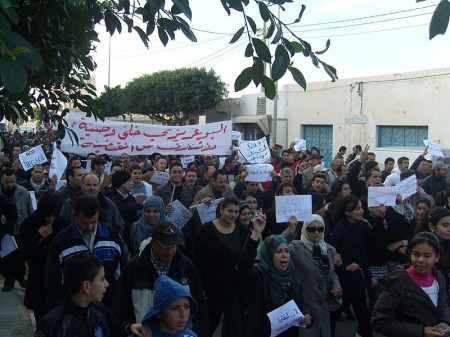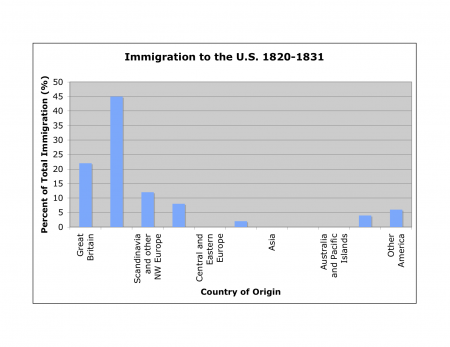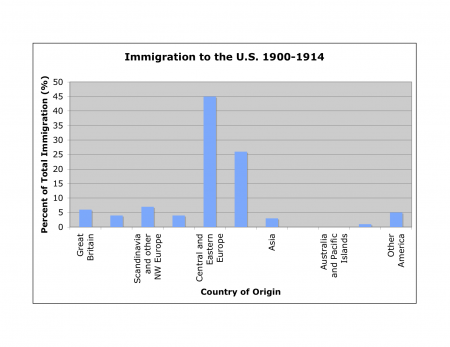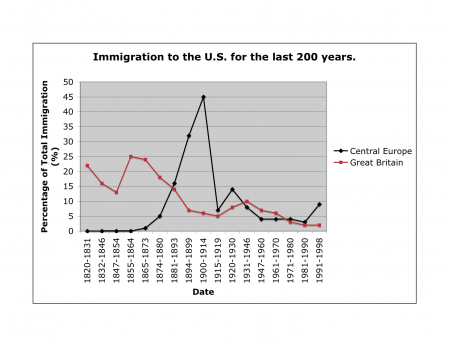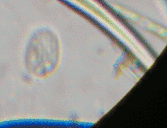My students have been asking to write “book” reports on movies or Dr. Seuss picture books instead of novels. I am not theoretically opposed. Our theme this cycle is literary essays, with a focus on extending our thinking about issues, which can be done to any type of media: books, movies, music or even art for example. A great example is of what can be done is Richard Beck’s series of essays on the theology of Calvin and Hobbes.
… given the fact that the two lead characters are named after John Calvin and Thomas Hobbes, Calvin and Hobbes presents a dim view of human nature. … a running theme in Calvin and Hobbes is why virtue is so hard and vice so fun.
–Beck (2008) in The Theology of Calvin and Hobbes, Part 1: Human Nature Chapter 1: “Virtue needs some cheaper thrills”.
Although he’s an experimental psychologist at Abilene Christian University, Beck’s essays are fairly easy to read, and are great in how they analyze the subject work, in this case the Calvin and Hobbes cartoons, while drawing comparisons to other theological texts, from the original Hobbes’ Leviathan to recent analyses by authors like Alan Jacobs.
I think, as a condition for using an alternative to the novel, I’ll require students to read one of Beck’s essays. In fact, maybe I’ll have the entire class read the first one, “Virtue needs some cheaper thrills”, as an example of a literary essay.

